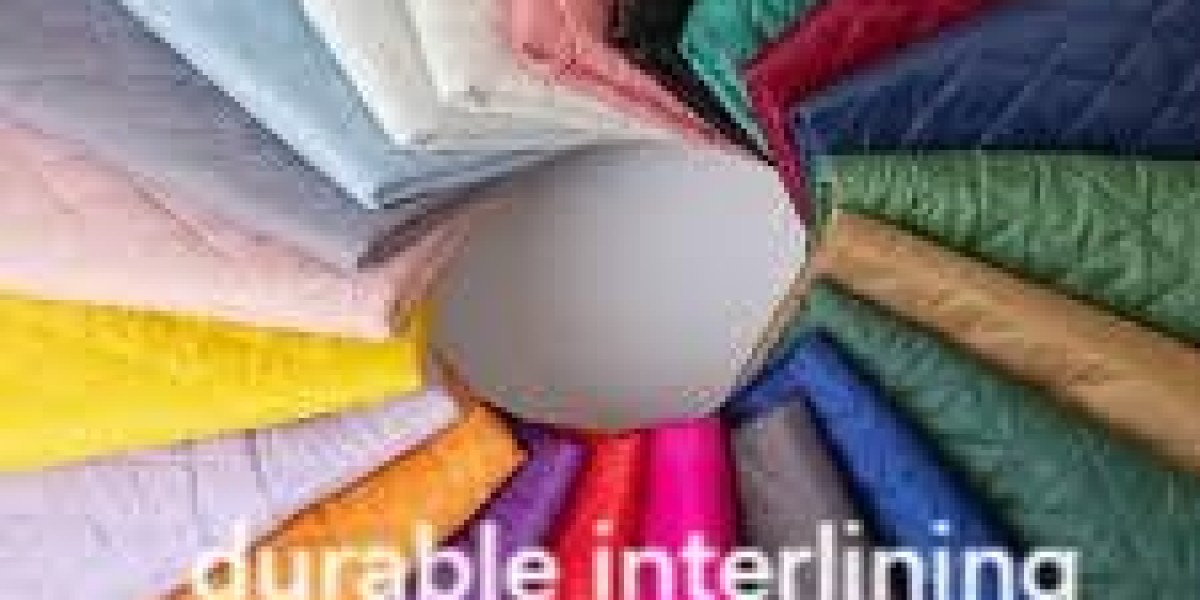In the competitive world of textile manufacturing, designers are continually seeking methods to improve fabric stability without sacrificing comfort or aesthetic appeal. Many manufacturers now rely on Interlining to reinforce garment components, ensuring collars, cuffs, and waistbands retain their intended shape. The strategic use of Interlining can prevent wrinkling, sagging, and distortion after multiple wash cycles, making it a cornerstone of high-quality apparel construction.
Core Functions of Reinforcement Layers
Supportive layers play a critical role in structured garments by providing hidden strength. These layers act as a stabilizing backbone that maintains crisp lines and smooth silhouettes. When incorporated correctly, they enhance the drape and fit of suits, jackets, and formalwear. Beyond fashion, these materials are also essential in accessories—such as belts and bags—where preserving form is vital for durability and visual appeal.
Types of Supportive Fabrics
There are several constructions to choose from, each tailored to specific end uses. Woven support fabrics offer the greatest dimensional stability, making them ideal for tailored jackets and heavy outerwear. Non-woven options provide lightweight reinforcement suitable for everyday shirts and blouses. Knit variants combine elasticity with soft hand feel, lending themselves well to stretch garments and activewear. Selecting the right material depends on desired stiffness, fabric compatibility, and the garment’s functional requirements.
Modern Bonding and Application Methods
Advanced bonding technologies have revolutionized how reinforcement layers adhere to face fabrics. Heat-activated adhesives allow full-width lamination, while ultrasonic welding enables precise, dot-pattern attachment that preserves fabric breathability. Ultrasonic methods also reduce production time by eliminating drying steps. Continuous monitoring of temperature and pressure during bonding ensures consistent adhesion strength, preventing premature separation and maintaining garment integrity after repeated laundering.
Broad Industry Applications
Reinforcement layers extend far beyond classic tailoring. In sportswear, they provide collar and waistband support without restricting movement. Home textile producers use these layers to reinforce cushion covers and decorative pillows, enhancing product longevity. Automotive interiors benefit from hidden supports that keep seating and panels looking new longer. Technical textiles—such as firefighter gear and military uniforms—rely on these layers for added durability and protective performance under extreme conditions.
Sustainable Innovations in Material Selection
With environmental concerns at the forefront of textile innovation, many suppliers are shifting to eco-friendly raw materials and water-based adhesives that minimize volatile organic compounds. Production waste is often recycled into lower-grade reinforcement products, promoting a circular economy. Energy-efficient machinery and renewable power sources further reduce environmental impact. These sustainable practices allow brands to meet consumer demand for greener options without compromising on product quality or functionality.For an in-depth exploration of types, applications, and innovations, visit https://www.interlining-factory.com/news/what-is-interlining-types-applications-and-more.html













